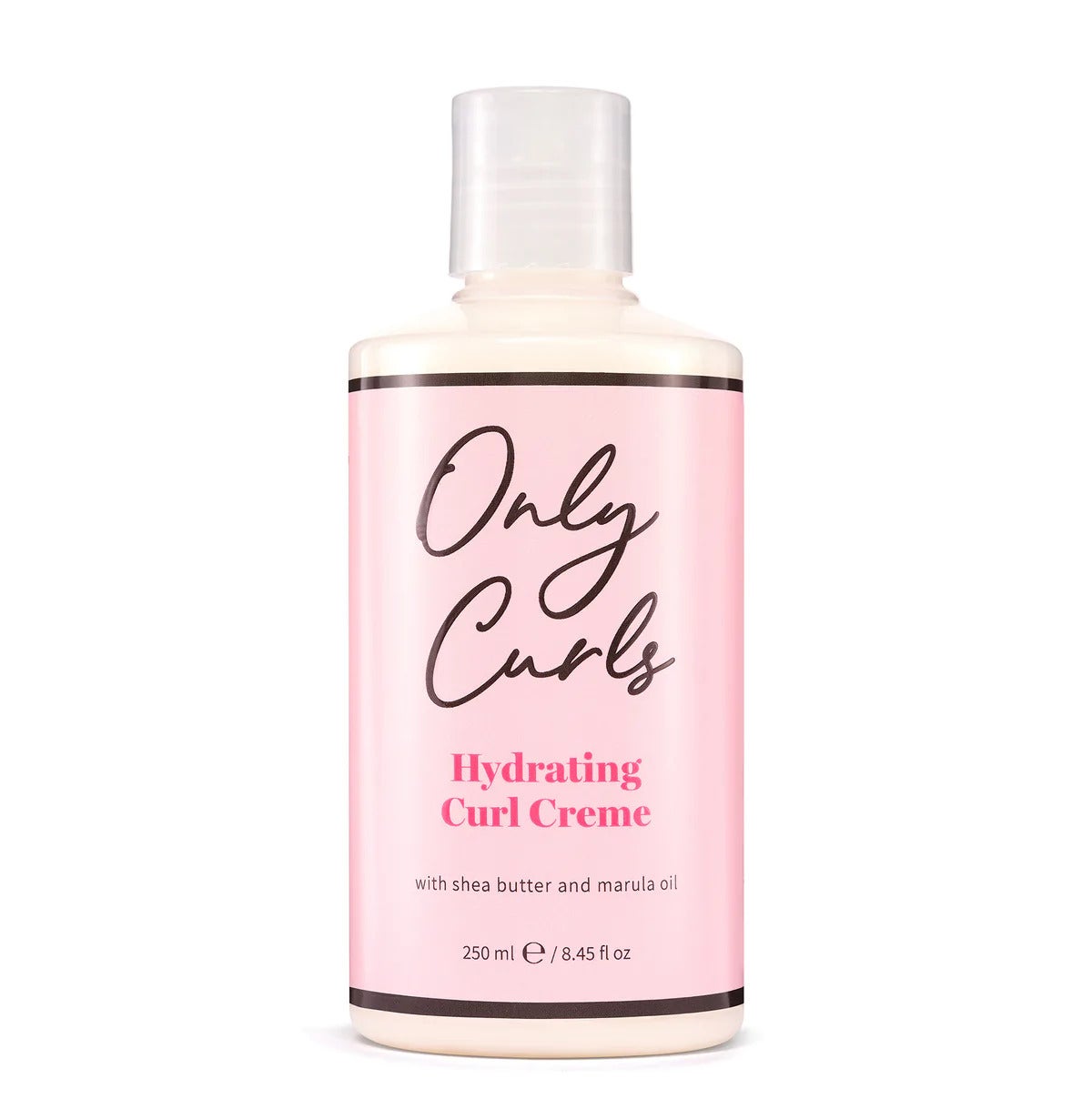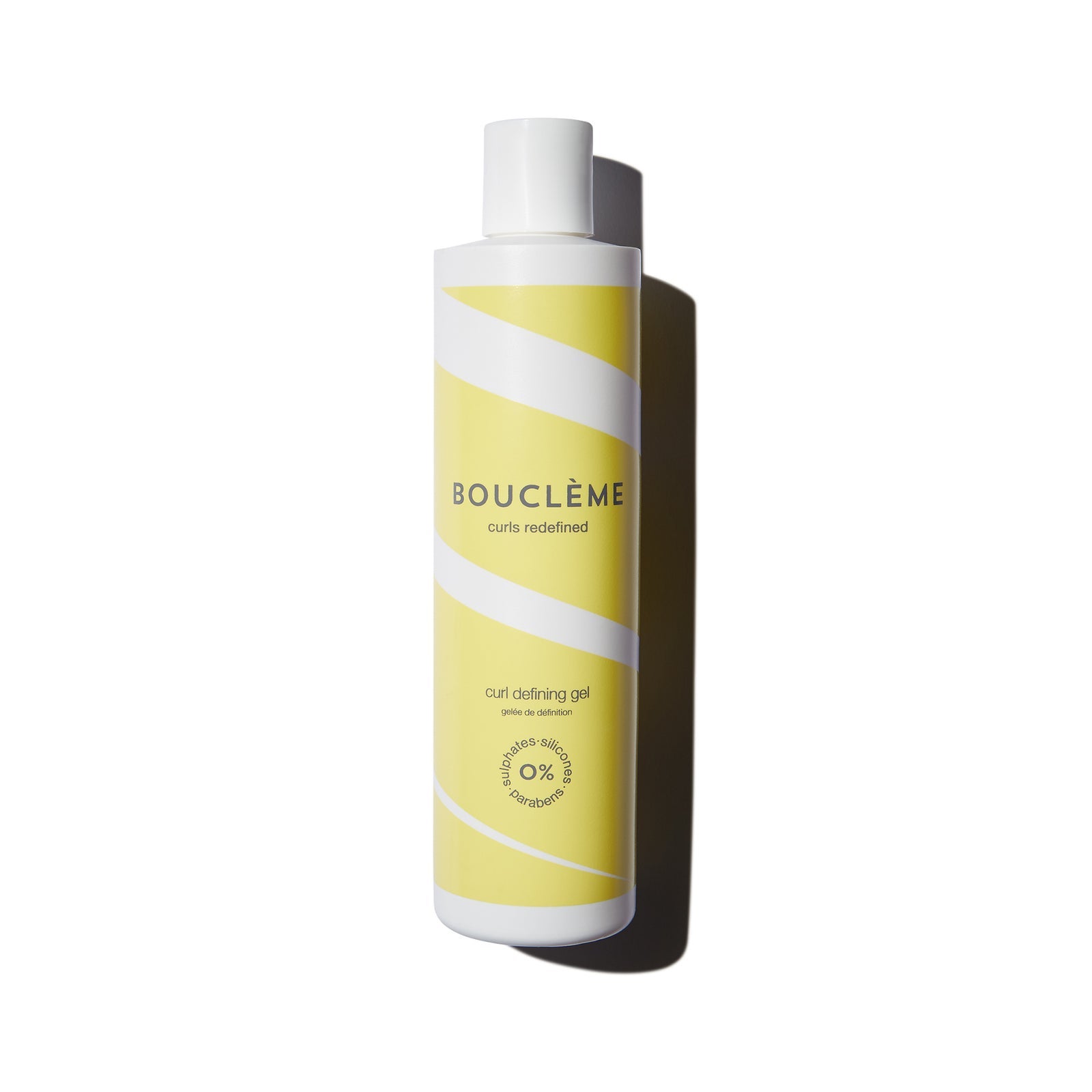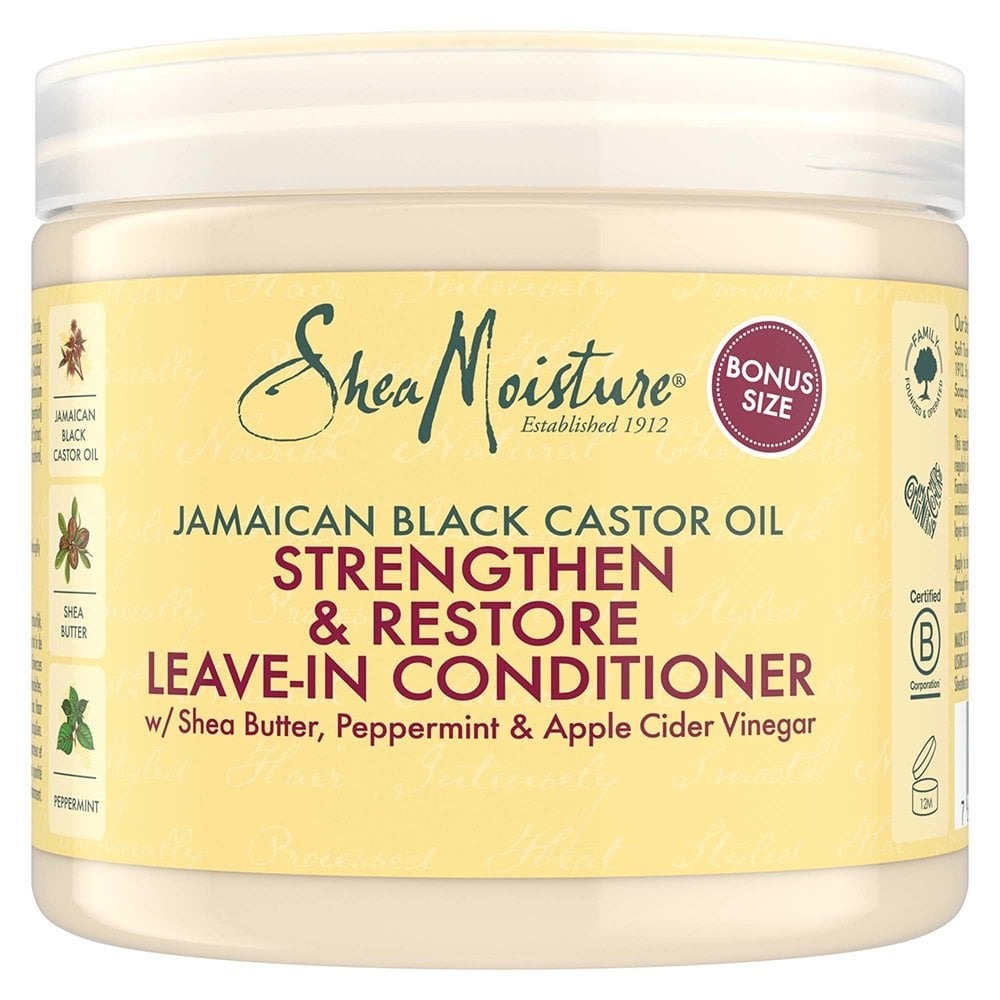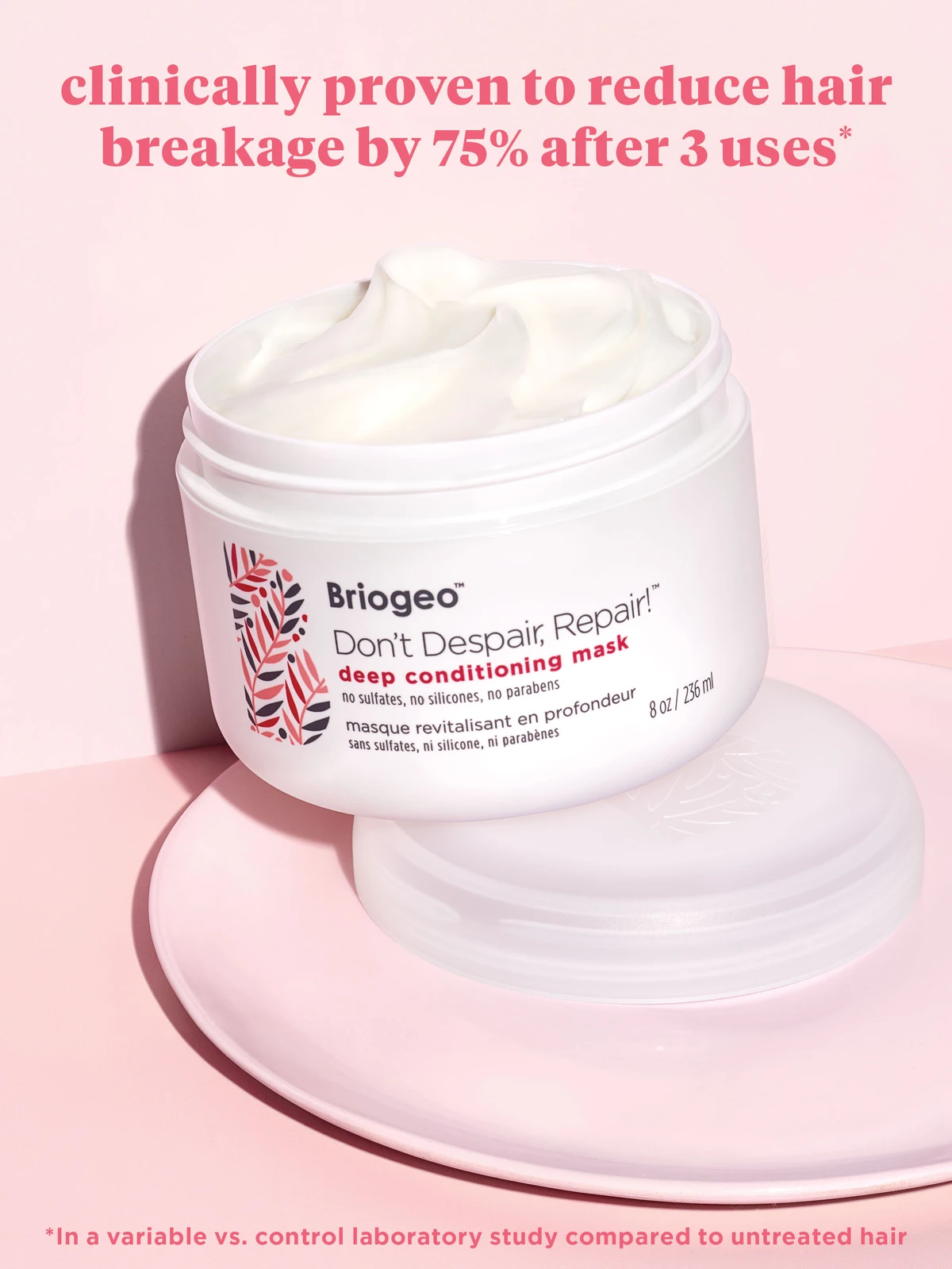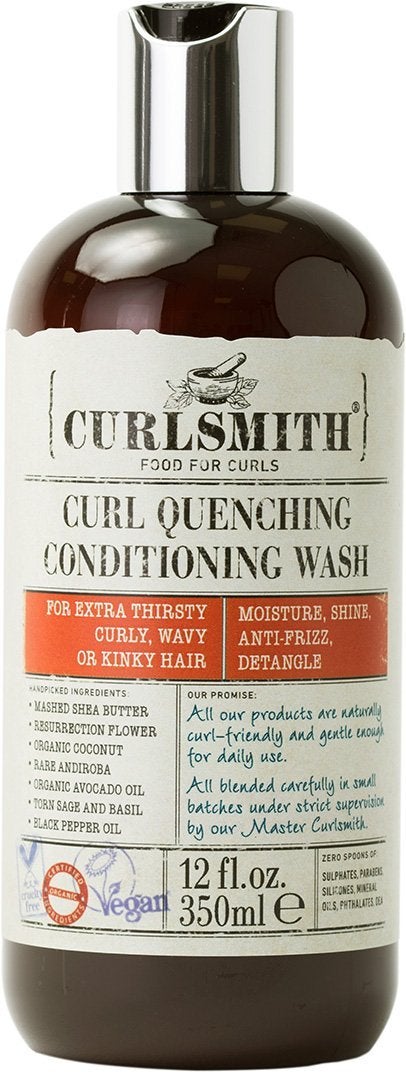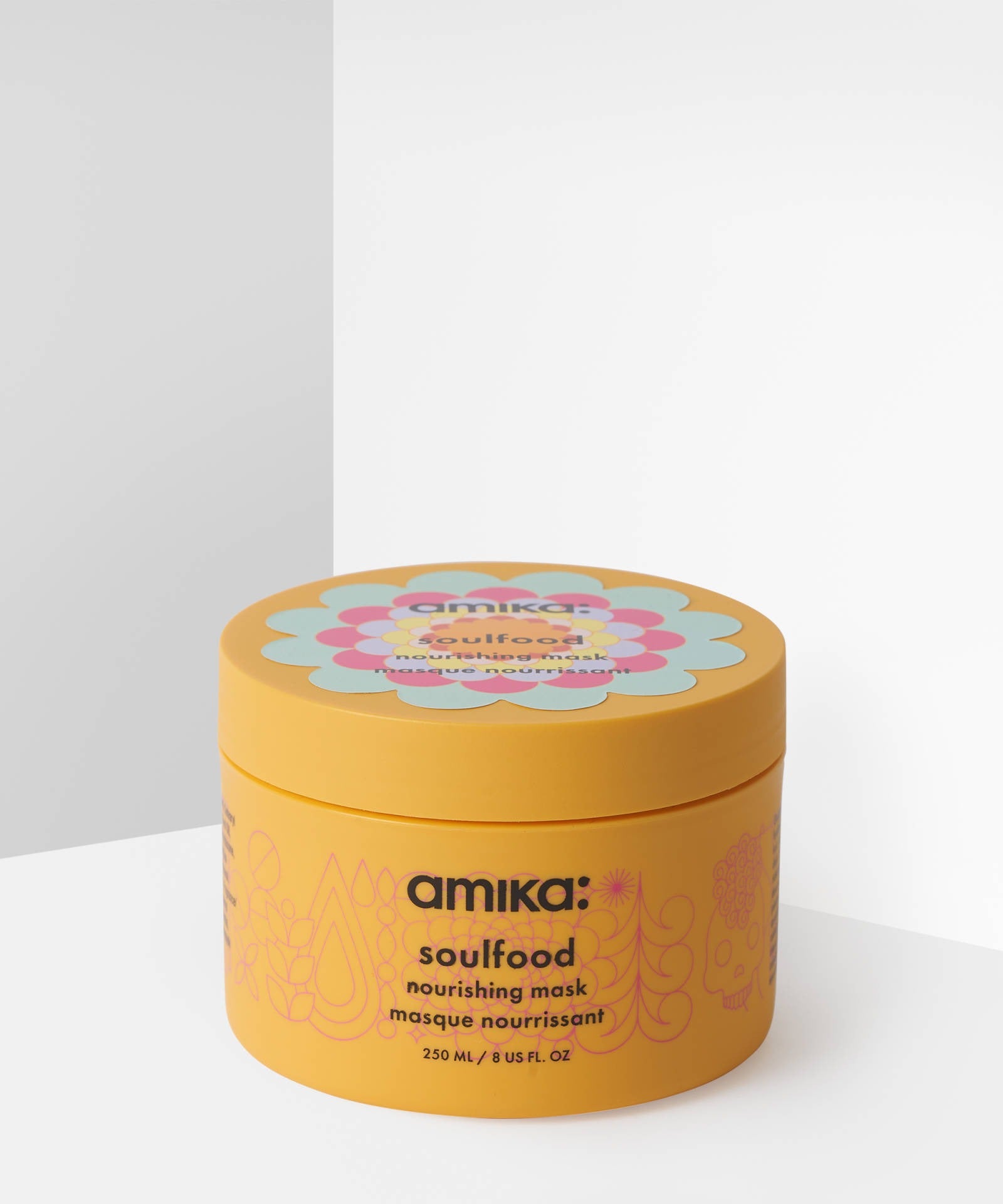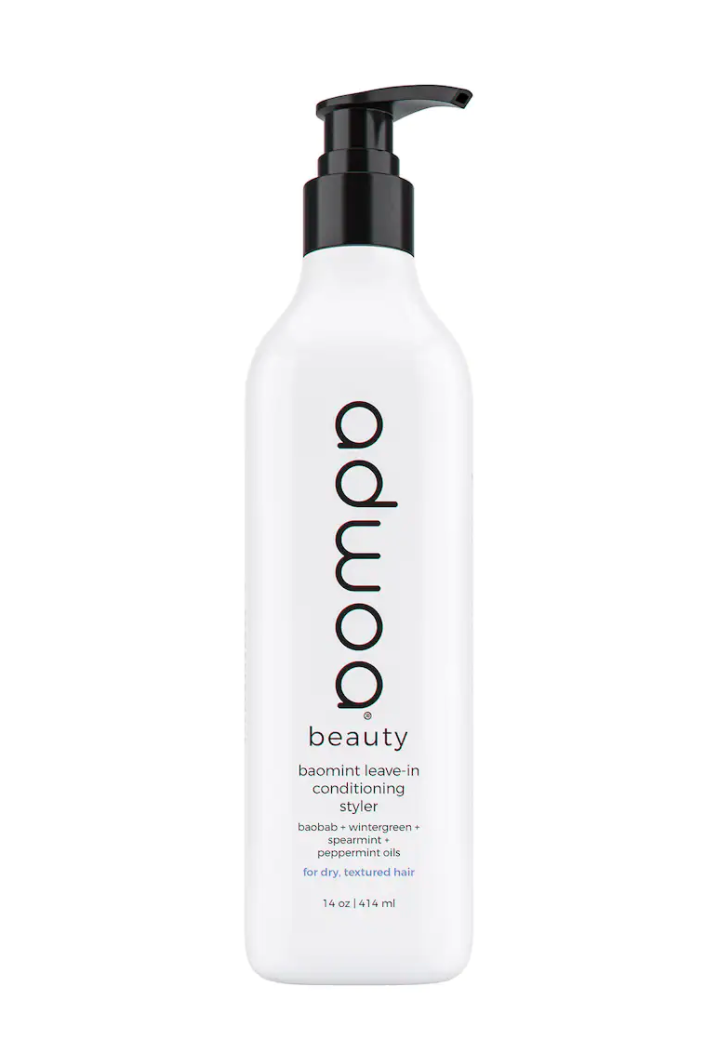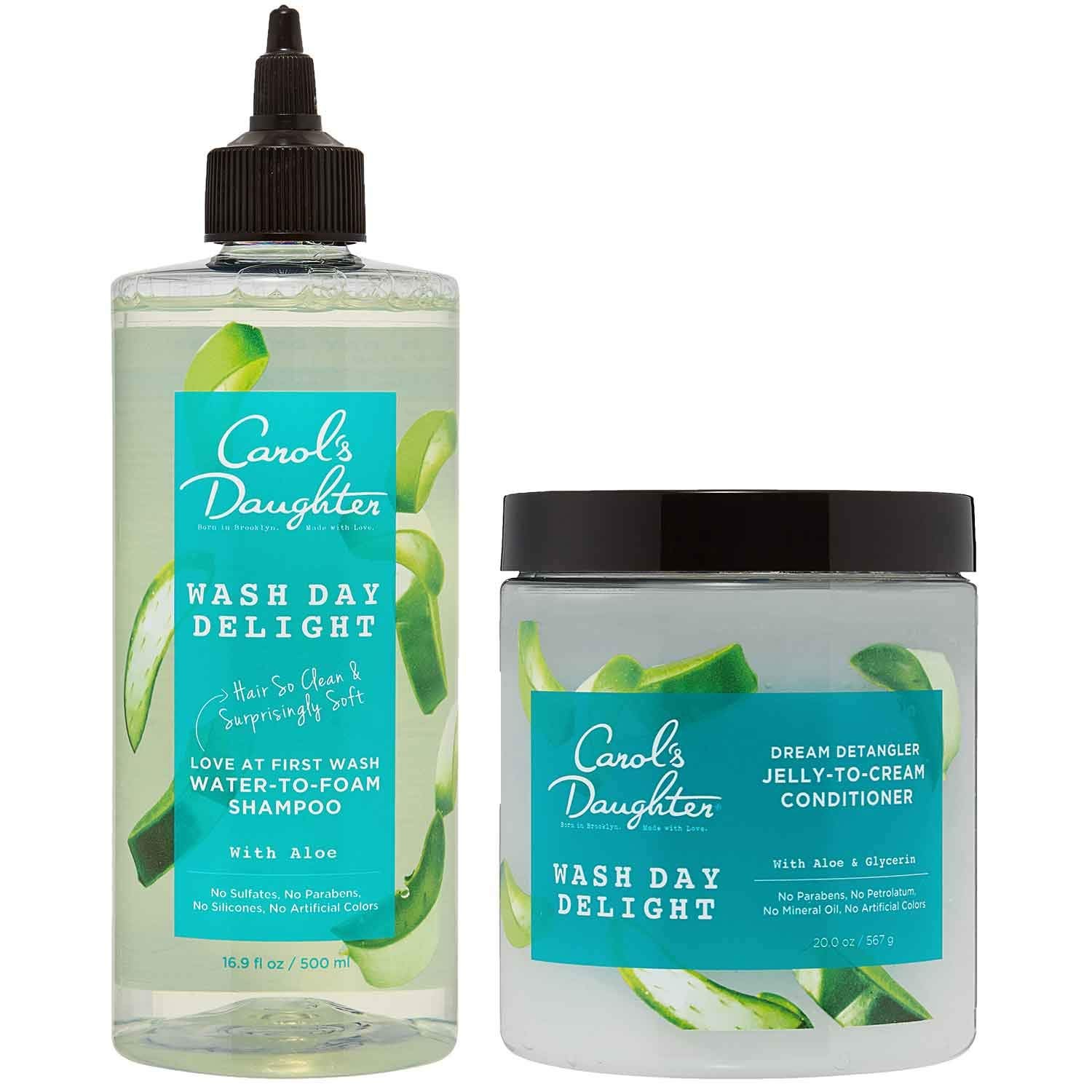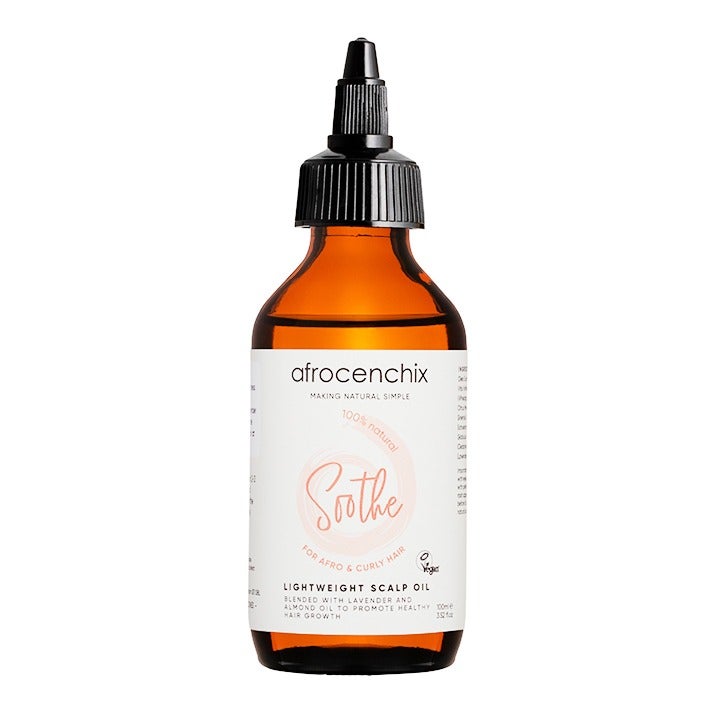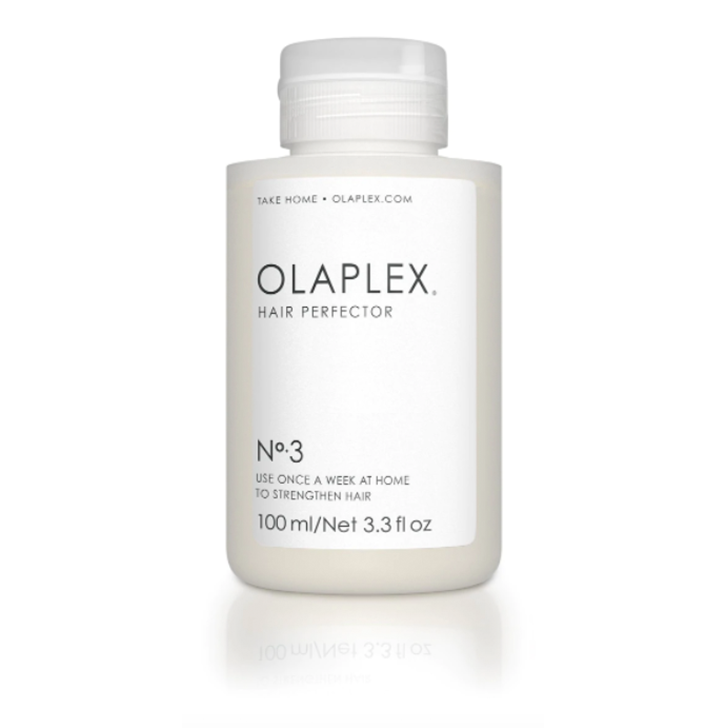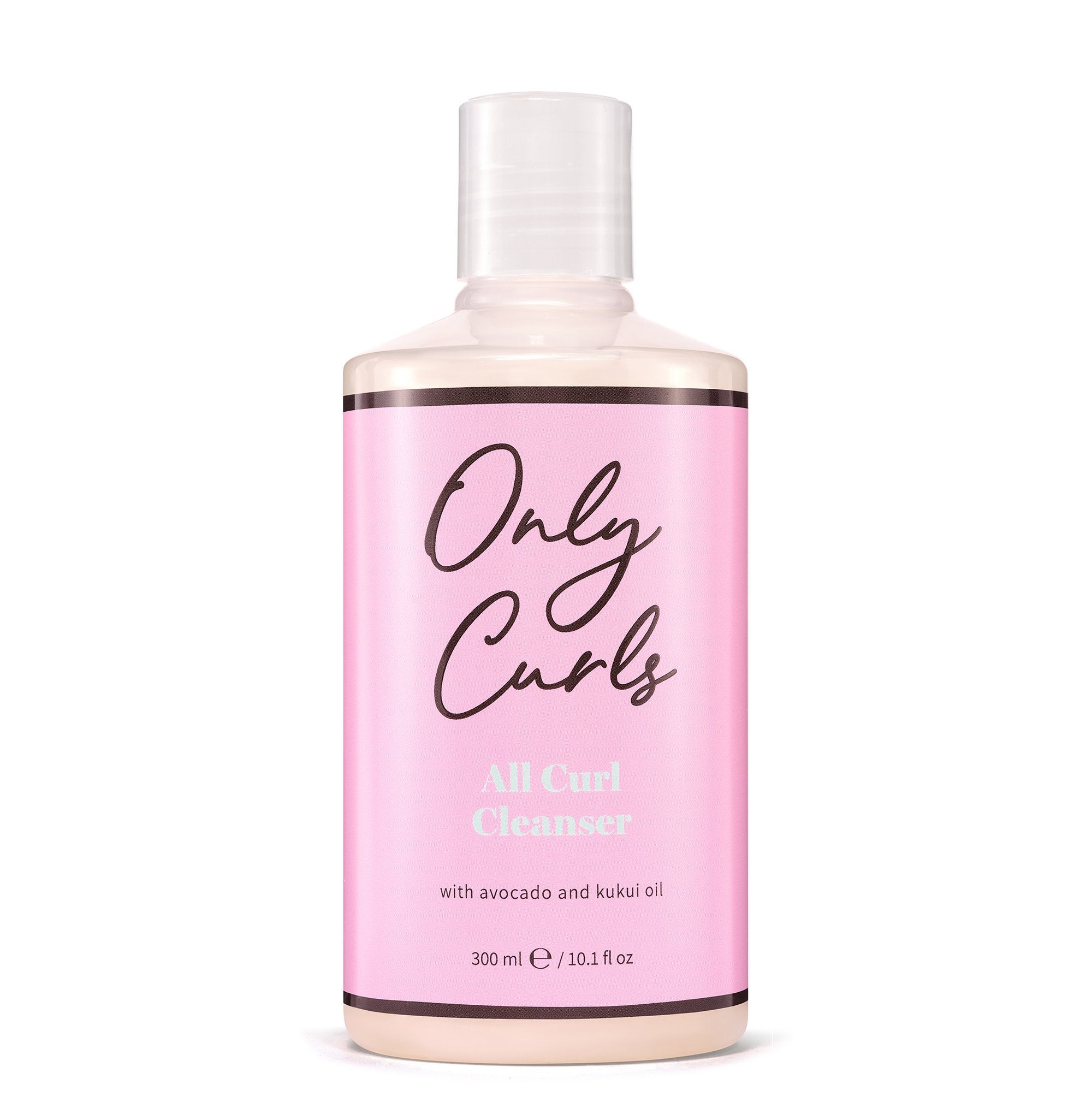I’m in the bathroom and it is wash day. I’ve just finished a marathon event of washing and detangling my ‘fro before I take a stray clean strand of hair from my brush, and pop it into a glass of water. I’m attempting the “hair porosity float test” seen on social media — a challenge that’s garnered more than 71 million views on TikTok. In simple terms, this DIY bathroom experiment promises to help you understand your hair porosity type, defined as your hair's ability to absorb and retain moisture. Whether you have high, medium or low porosity hair is dependent on the internal structure of your hair (we’ll get into that later). If your hair sinks to the bottom of the glass you have so-called high porosity hair (hair absorbs water quickly and gets drier quickly), if it floats at the top you have low porosity hair (hair that almost repels water and takes ages to dry). With my single hair strand in the glass, I wait for all of four minutes before it’s revealed… I have high porosity hair.
AdvertisementADVERTISEMENT
So what now?
“Essentially, porosity can help identify if your locks are damaged, in need of moisture, or if they’re healthy and how well your hair can retain and absorb moisture,” says Nicole Petty, Hair Care Expert at Milk + Blush. “While your hair porosity is predominately down to genetics, there are other factors that affect it, too. The overuse of heat styling tools, harsh products, and over-exposing your hair to the sun, can all result in your hair losing its ability to absorb and retain moisture,” Petty explains.
Of all the TikTok hair and beauty challenges I’ve ignored over the years, I couldn’t resist trying one that is backed (and was created by) some hair stylists, all of who suggest knowing your hair porosity can be a great indicator of your individual hair health, how you should treat your hair, and importantly, what products you should be using. For some, the revelations of their hair porosity type have meant a complete shift in their hair care routines and even abandoning much-loved products for porosity-approved alternatives.
For those with Black natural hair, or curly hair, it’s helped further demystify a saturated hair market and tailor products to their hair type determined by the natural hair scale — which categorises the texture/curl pattern of your hair by number (1A-4C) — AND their hair porosity. To help, I asked experts in hair care about the role hair porosity plays in achieving healthy “stiff-where??!” curls and, interestingly, whether for afro hair types, knowing porosity is more important than the natural hair scale.
AdvertisementADVERTISEMENT
So how exactly do you determine your hair porosity type?
While there are many videos featuring natural hair enthusiasts trying the porosity float tests, it isn't the only tried and true method. When speaking to hair stylist Vicky Bridge-Tonner, known on Instagram and across Manchester as the ‘Queen Of Curls’, she says the challenge is not something that she would use. "I speak to other hairdressers who feel this way and believe it’s about the touch and feel of someone’s hair. For someone with high porosity hair, it could feel a bit drier, for example,” she explains.
Rhyme and Reason Certified Trichologist, Angela Onuoha agrees: “So about the water test… it's just a very rough approximation. It can depend on the water used which differs in every country and sometimes even state and if there is still product residue on the strands that are being used.” Alternatively, hairstylist and afro-textured hair specialist Jennie Roberts recommends “drenching” your hair with water. “If you feel like your hair is waterproof, and takes a while to get fully wet, then you've got a low porosity,” she added. Roberts is also a resident expert at hair brand Wakati and has been on her own journey to finding her hair porosity type. “My hair used to be really low porosity but as I've gotten older my hair texture has changed and my porosity is much higher which means it holds more water and gets wet very quickly.”
AdvertisementADVERTISEMENT
How does high porosity affect curly kinky hair types?
As someone with high porosity hair, breakage, frizz and dryness are common issues in my hair story. So what’s a high porosity girlie supposed to do?
“All porosity types need a good shampoo, a conditioner and a hair mask. Followed up with a leave-in conditioner suitable for your hair (liquid or richer),” says Onuoha, “High porosity tends to need more protein and more moisture. But it’s mostly all about sticking to a simple yet effective and sustainable regimen.”
“Apply leave-in conditioners and sealers once or twice a week to lock in moisture if you’ve got high porosity hair. Minimise heat styling or apply a lower setting and use heat protector sprays to avoid further damage,” advises Petty.
But what about products? Do I need a complete bathroom cabinet overhaul? “If you've got high porosity, it means quite often people have very fine strands of hair that get wet very quickly. You want products that are not too heavy and don't weigh your hair down,” says Roberts. “Mostly, fine-textured hair tends to be high porosity so again, nothing too heavy, nothing that's going to dry too hard either. You want to keep it moisturised but not with any products that are too heavy.”
Experts also recommend “repair or bond maintenance shampoos” to cleanse hair without drying it out, as well as conditioners containing oils for their moisture sealing properties which will help keep hair softer for longer. Take heed though, Vicky advises people with high porosity hair types to be careful when using hair oils in pursuit of moisture. “It’s worth remembering oil is a lubricant and not a moisturiser,” she explains. “ For example, people will use coconut oil and it doesn't work [in their hair] but as an ingredient in [a product], it's amazing. For example, you wouldn't eat a bag of salt but when you put it in your food as an ingredient it works really well.”
AdvertisementADVERTISEMENT
shop 6 products
How does having low porosity hair affect curly, kinky hair types?
According to experts, low porosity hair has a hard time taking in moisture and people with low porosity can have difficulty when comes to hydration. “If your hair is of low porosity, you’ll most likely find your hair takes longer to dry naturally and feels heavy. Despite common myths, your hair is actually healthy but it’s not being moisturised correctly, so it becomes dry and tangled,” says Petty. The stylist recommends products containing ingredients such as glycerine and honey to help hair “retain moisture.”
For Vicky, picking the right products for low porosity hair is also essential. “If you have quite low porosity hair, you don't want to use anything that's too heavy. There seems to be a thing with curly hair, where you feel you have to use super heavy moisturising conditioners but you don't need to as the products can just sit on your hair, especially if you've got low porosity.” Vicky also warns that low porosity curly hair is “protein sensitive” and low porosity hair types should be mindful when using protein shampoos to prevent “breakage”.
shop 6 products
For kinky natural hair, is knowing your hair porosity more important than hair type?
For a long time, my hair’s porosity wasn’t something I was overly concerned with; I just accepted that my kinky curly hair needed a lot of moisture and care to survive. And it’s safe to say, like a lot of people with textured hair types, when it came to understanding my hair and how to treat it, I pretty much lived and died by the natural hair scale. Knowing whether you have 1a (the straightest) or 4C (the kinkiest) of hair, came with learning about which products, techniques and other tips are designed for your individual texture. Yet, as many have come to learn, the natural hair scale has its flaws, and not all hair types are created equal — two individuals could have 4C hair but two very different hair porosities. Could it be that all along, determining your hair porosity was the key to fully understanding exactly what your individual hair needs?
AdvertisementADVERTISEMENT
“Hair porosity is particularly important to understand for the afro hair community as this knowledge can be the important dividing factor between not just a bad and good hair day but also prolonged length retention,” says Paula Francis, founder and co-formulator of vegan hair wellness brand, Superfood Lx. Paula explains to Unbothered that not using products which hydrate and moisturise the hair adequately enough can result in frizz, breakage, undefined curls, and dull dry hair. “Though hair porosity is fundamentally genetic, it can be altered by hair treatments such as heat and chemicals,” she explained. As hair porosity can change, understanding one’s porosity can be seen as more important than merely knowing one’s hair type.”
For trichologist, Angela Onuoha, alongside hair type and hair porosity, there’s another piece to the hair puzzle. “I wouldn't focus too much on porosity but more on how hair looks and feel," she shares. “Knowing your hair type could help to piece together the right regime suitable for your hair needs. I personally find this, together with knowing your hair density (how dense or fine your hair is), to be the most important.”
There’s a lot to learn. In my own hair journey, understanding my hair porosity has offered more clarity than confusion — I now know why my hair gets dry so quickly, and can adjust my routine accordingly. With every wash day, I’m getting closer to knowing my hair, quite literally, inside and out.
Refinery29's selection is purely editorial and independently chosen – we only feature items we love! As part of our business model we do work with affiliates; if you directly purchase something from a link on this article we may earn a small amount of commission. Transparency is important to us at Refinery29, if you have any questions please reach out to us.
AdvertisementADVERTISEMENT







